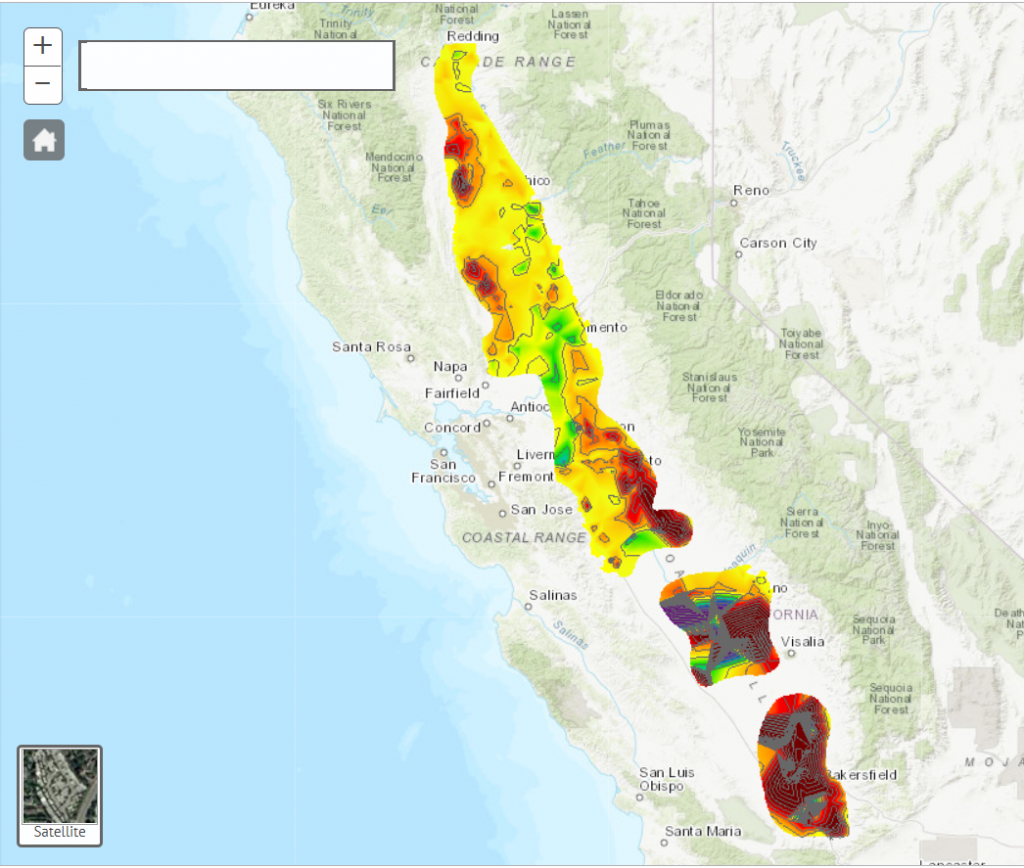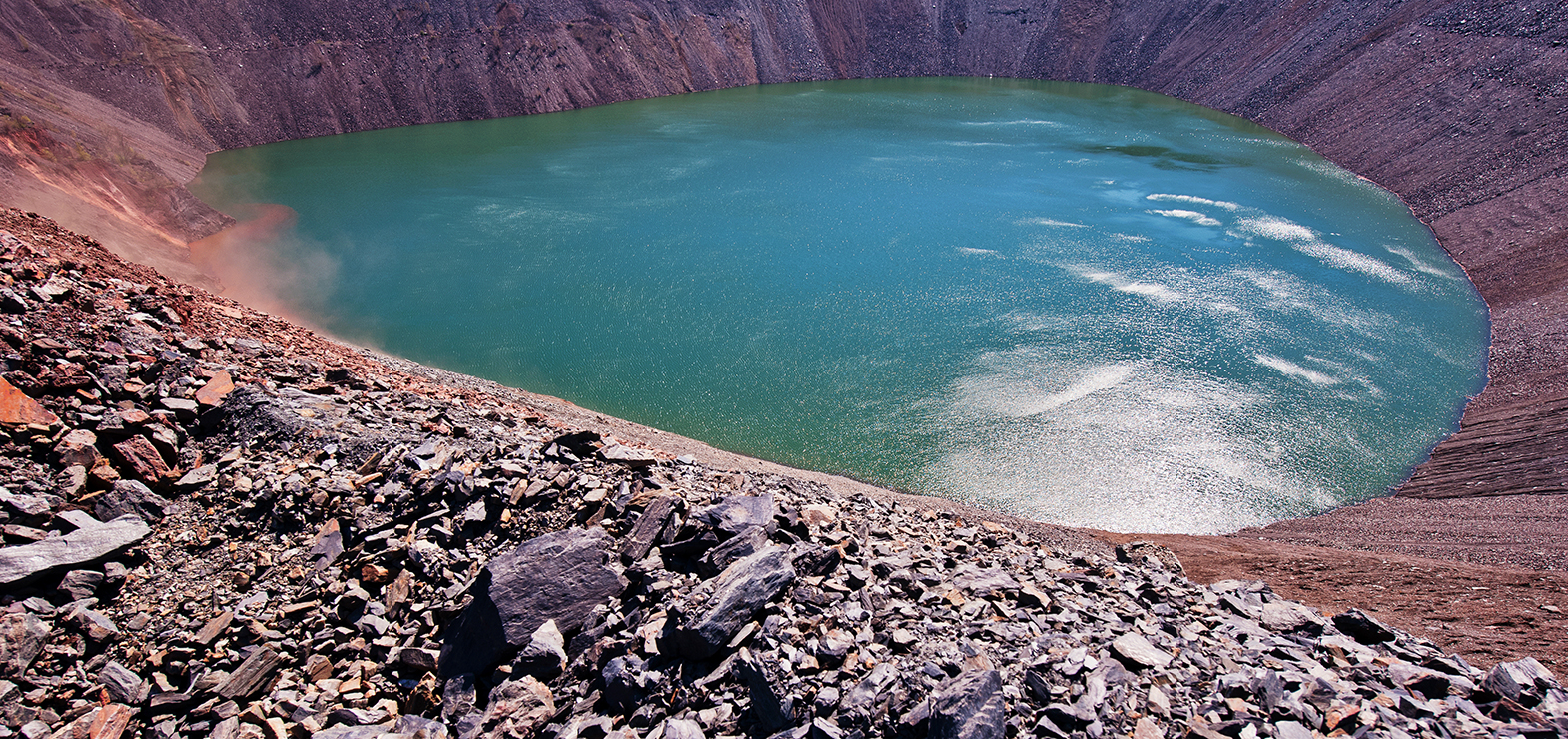Most of California’s groundwater occurs in material deposited by streams, called alluvium. Alluvium consists of coarse deposits, such as sand and gravel, and finer-grained deposits such as clay and silt. The

Above map shows that water is depleting rapidly in near Bakersfield because of heavy use of groundwater in agricultural areas there. Red areas show water level changed by a large number as compared to other colors like green. 2012 to 2015 were drought areas in California, which increases the consumption of groundwater. Agricultural areas have more consumption as compared to others, which can be the reason of
